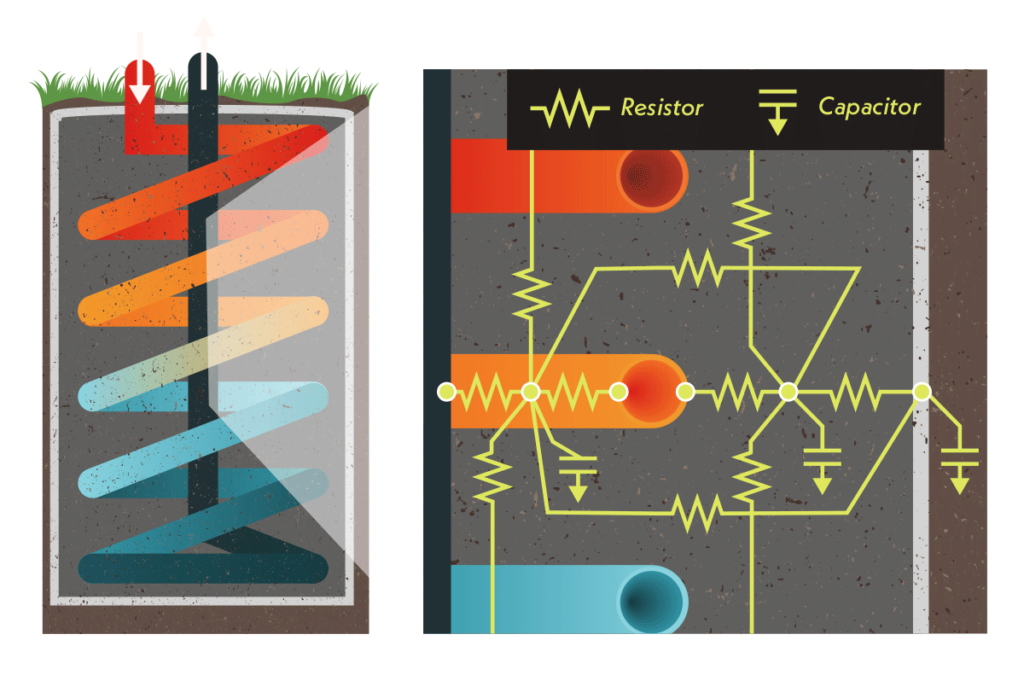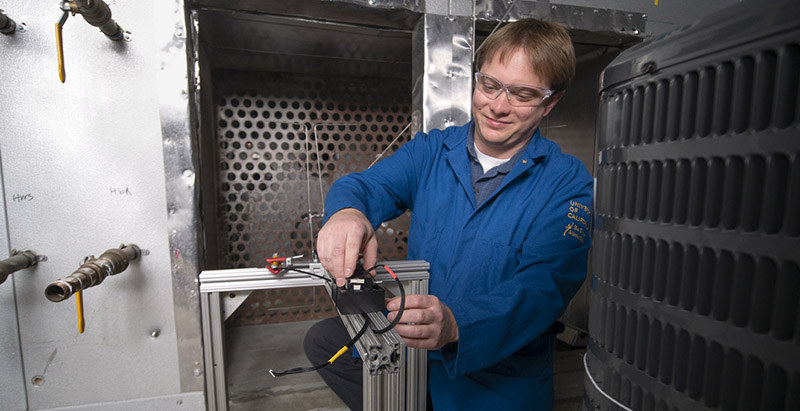Modeling Impacts of Ventilation and Filtration Methods on Energy Use and Airborne Disease Transmission in Classrooms

This paper seeks to understand and analyze the trade-offs between airborne infection probability and energy consumption of ventilation systems for a simulated classroom in 13 cities across the US.
Residential Solar Water Heating: California Adopters and their Experiences

Solar water heating provides domestic hot water with lower greenhouse gas emissions compared to more typical natural-gas water heating. Solar water heating has a long history, particularly in places where the climate is favorable, such as California where state-backed incentive programs have been successful in creating small bursts of adoption.
Considerations for Use and Selection of Portable Air Cleaners for Classrooms

In this white paper, Theresa Pistochini, highlights considerations for the use and selection of portable air cleaners for classrooms.
Low-Cost, Large-Diameter Shallow Ground Loops for Ground-Coupled Heat Pumps

This project developed and validated modeling tools for simulating a ground heat exchanger technology that provides a less expensive method for implementing ground-source heat pumps and significantly reduces energy use in many California climate zones, furthering attainment of California’s energy goals.
Testing, Adjusting and Balancing HVAC Systems: An Overview of Certification Agencies

In this article, we will examine the benefits of using a certified contractor for TAB and describe
the three main certifying agencies and differences between them.
